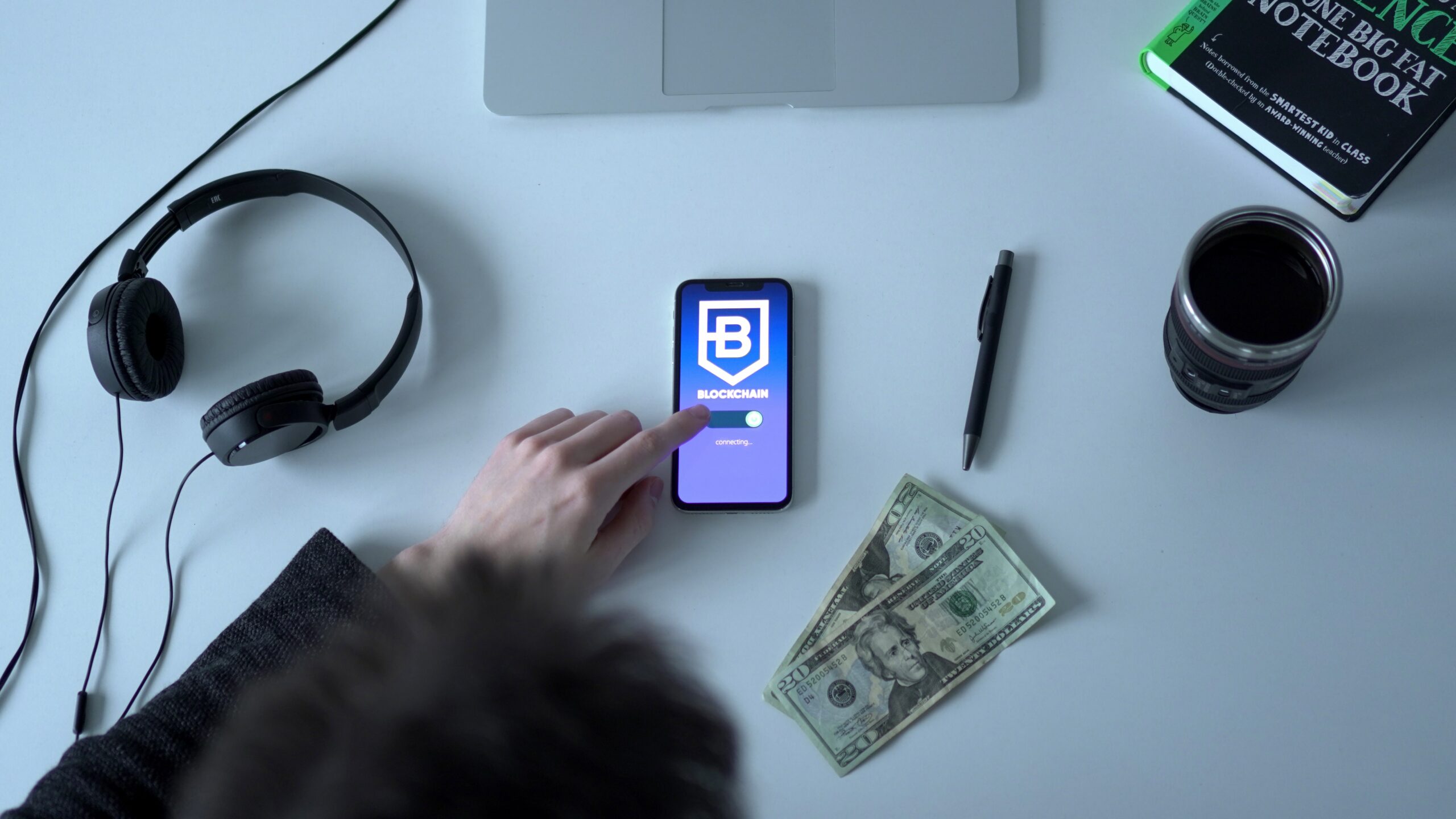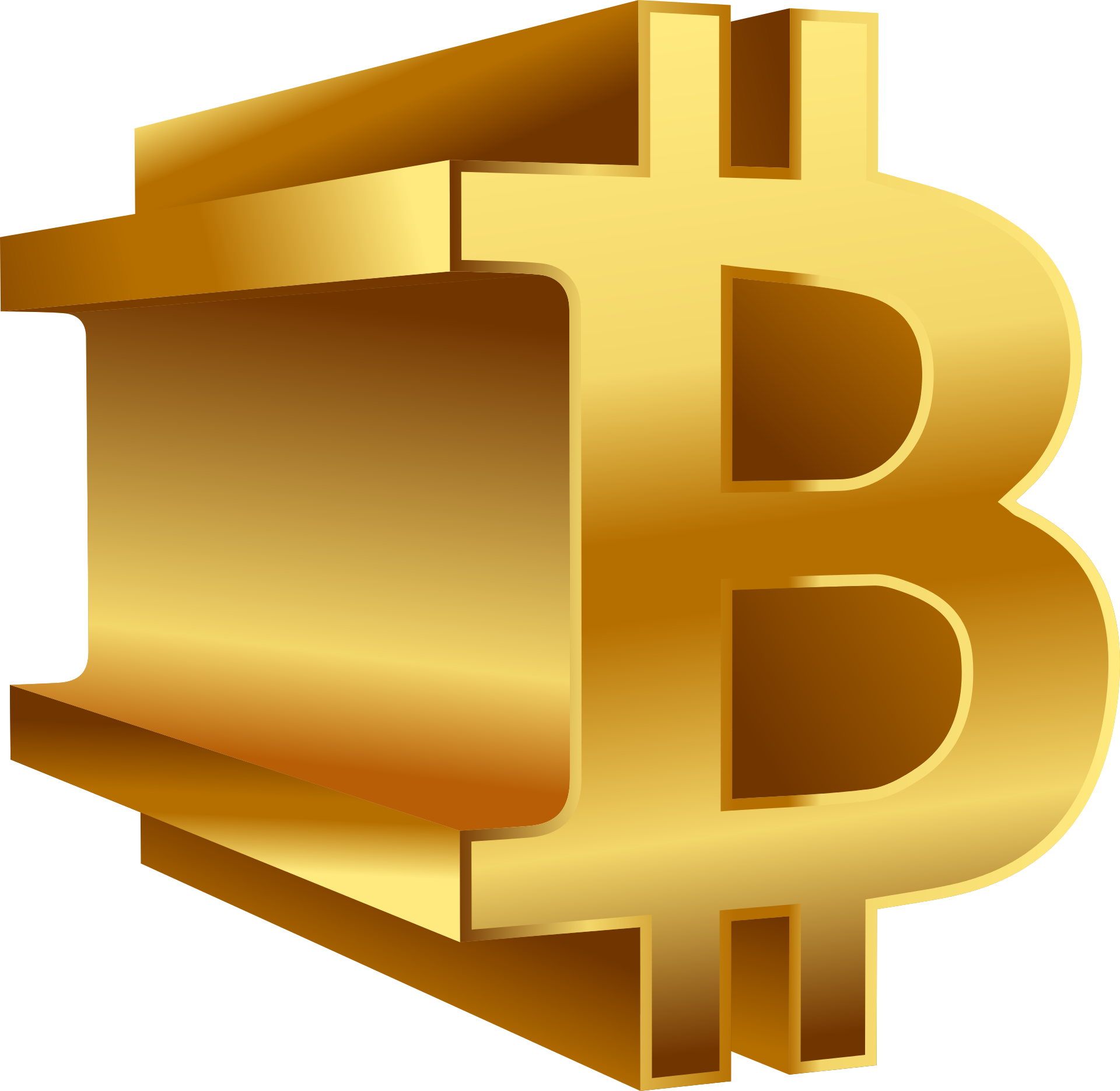
“HD wallet” – the technology behind cryptocurrency wallets
The crypto universe is an ever-evolving universe. This has led to it being a bit…

Cryptocurrency can be defined as a digital and non-physical asset, where cryptography is used to create new currency units and secure / verify transactions.
There is decentralized currency control, which means that no banks or authorities control the currency. This can be seen in contrast to the ordinary fiat currency and Norwegian kroner, where the Central Bank issues and controls the currency.
But how does cryptocurrency work every day, really? We will explain that to you in this guide!
Since cryptocurrency is decentralized, control over the currency must be distributed in another way. In most cases, this process goes through blockchains, which can be considered as public databases or digital ledgers for the various transactions.
Block chains can be considered as virtual chains consisting of blocks. Each block contains data and information about the last transaction as well as all previous transactions in the other blocks. Thus, the blocks are linked together in “chains”.
A blockchain is resistant to any changes to data stored in the database. It is not possible to change data without having to change all the data that has been stored later, and this is in practice almost impossible to do.
With the help of blockchains, one can make the transactions visible to everyone in the network. It will also be possible to track any transaction, and all transfers will be recorded. When a transaction is registered, no one can deny that it has taken place.
How do cryptocurrencies and blockchains work? To understand this further, it is also good to know how blockchains are controlled. It is not a specific or central administrator who manages the blockchain, but rather a peer-to-peer network.
You can look at blockchains as a distributed and distributed ledger. In this book, transfers between different parties can be stored and verified.
This process makes blockchains very suitable for systems where one may lack confidence in data administrators.
Bitcoin is known as the very first cryptocurrency that came on the market, and was also the first to actually implement blockchains. The technology itself was proposed as early as the 1980s, but it was then only a question of theoretical models.
The person or people behind Bitcoin go by the pseudonym Satoshi Nakamoto, and no one knows for sure who actually made Bitcoin.
Today, there are many different types of cryptocurrencies that work based on blockchain technology. We can mention, for example, Ethereum, which is the second largest cryptocurrency after Bitcoin.
However, blockchains have also been implemented in other systems and contexts. The technology is used by universities and ministries, among others. Many people believe that blockchain technology can make everyday life considerably more efficient.
Block chains get their name because they are blocks of transactions that are arranged in a continuous series. Each block chain starts with a so-called parent block or parent block, which is block 0.
In block 0, information will be stored. This can be any kind of data, but as a rule it is a question of money transactions of the type «A transfers 100 kroner to B». When a certain amount of data of this type is stored, the block will be formed.
The blocks also have notch values, ie functions where parameters that come in have a random amount of data, and the function will return a fixed numeric value. It is not possible to count back from parameters that have been entered.
In other words, it is very unlikely that two different parameters will come in with equal numerical value. The blocks that are stored will consist of the following components:
How does cryptocurrency work in terms of blockchain growth? In a blockchain, new blocks will be added regularly. For Bitcoin, a new block will be added approximately every ten minutes. For Ethereum, new blocks are added around four times per minute.
In the block body of a given block «B», transactions will be collected, and in the header the time stamp and the numeric value will be stored (this is a one-time code). In the header, the notch value of parent block “A” will also be stored. Block «B» will always contain the notch value from block «A».
In other words, it forms chains that will point back to the previous block, and this is what has resulted in the name “block chain”.
One of the challenges of distributed accounting and digital currencies is that it is relatively easy to manipulate digital data values. For traditional currency in centralized currency systems, this can be easily handled via third parties who verify the payments.
In traditional centralized systems, one can check that currency does not just arise from nothing. In the distributed systems, there is no third party reviewing the transactions.
This challenge is solved by a number of servers, referred to as nodes, storing copies of the distributed accounting book. The nodes will verify that the various transactions are correct.
The transactions can arrive at different nodes at different times. It is therefore only the first that is considered real.
Here, algorithms such as proof-of-work are used, where the server that can indicate that a specific amount of data power has been used to verify a transaction, is considered to be the real ledger. Bitcoin is among the currencies that use proof-of-work.
If person A wants to send money to person B, person A must use his personal key to confirm the details of the transaction. The message contains input about all transactions A has received, so that it is confirmed that the person in question has enough money.
The message also contains information about quantity, ie how much A wants to send to B. The message also contains output in the form of B’s public address / key.
The message is then sent to the distributed peer-to-peer network, where miners can verify that all data is correct.
Cryptocurrency works differently from traditional currency, and is in most cases based on the use of blockchains.
The currency is decentralized and the blockchains contain data on all transactions. We hope our guide has been instructive, but fortunately you do not have to understand all the mechanisms behind it to be able to enjoy crypto!
[sc_fs_multi_faq headline-0=”h2″ question-0=”Hva er blokkjeder?” answer-0=”En blokkjede er en desentralisert regnskapsbok som er digital, og som lar en spore, registrere og offentliggjøre transaksjoner.” image-0=”” headline-1=”h2″ question-1=”Hvor kjøper jeg kryptovaluta?” answer-1=”Du kan kjøpe kryptovaluta hos kryptobørser som for eksempel MiraiEx og eToro.” image-1=”” headline-2=”h2″ question-2=”Hvilke bruksområder har blokkjeder?” answer-2=”Blokkjeder brukes innen kryptovaluta, men også innen forskning, utdanning og andre områder.” image-2=”” count=”3″ html=”true” css_class=””]